Intro
Discover the 5 types of influenza symptoms, including common flu signs, respiratory issues, and severe complications, to help identify and manage influenza virus infections effectively.
Influenza, commonly known as the flu, is a highly contagious respiratory illness caused by the influenza virus. It can affect anyone, regardless of age or health status, and its symptoms can range from mild to severe. Understanding the different types of influenza symptoms is crucial for early detection, proper treatment, and prevention of complications. The flu can significantly impact an individual's quality of life, causing missed work or school days, financial burdens, and emotional distress. Furthermore, certain groups, such as the elderly, young children, and people with chronic health conditions, are at a higher risk of developing severe flu symptoms, making it essential to recognize the warning signs.
The importance of recognizing influenza symptoms cannot be overstated. Early recognition can lead to timely medical intervention, reducing the risk of complications and the spread of the virus to others. Moreover, understanding the different types of flu symptoms can help individuals take preventive measures, such as getting vaccinated, practicing good hygiene, and avoiding close contact with people who are sick. By being informed about influenza symptoms, individuals can take control of their health and the health of those around them.
Influenza symptoms can be categorized into several types, each with distinct characteristics. The most common types of influenza symptoms include respiratory symptoms, systemic symptoms, gastrointestinal symptoms, neurological symptoms, and skin symptoms. These categories are not mutually exclusive, and many individuals may experience a combination of symptoms. By understanding these different types of symptoms, healthcare providers can develop effective treatment plans and individuals can take steps to manage their symptoms and prevent the spread of the virus.
Influenza Respiratory Symptoms
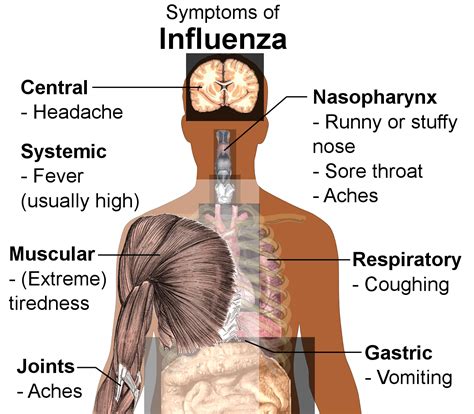
These symptoms can range from mild to severe and can be accompanied by other systemic symptoms such as fever, headache, and fatigue. In severe cases, influenza can lead to respiratory complications such as pneumonia, bronchitis, or sinusitis.
Influenza Systemic Symptoms
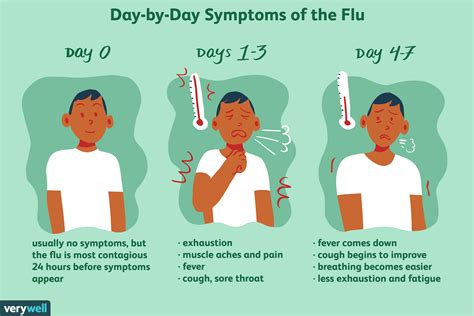
Systemic symptoms can be severe and can last for several days, making it essential to seek medical attention if symptoms persist or worsen over time. In some cases, influenza can lead to systemic complications such as sepsis, meningitis, or encephalitis.
Influenza Gastrointestinal Symptoms
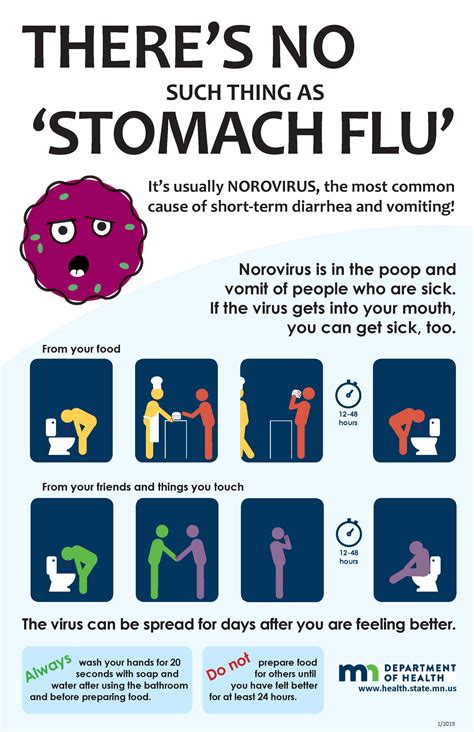
Gastrointestinal symptoms can be severe and can lead to dehydration, electrolyte imbalances, and other complications. It is essential to seek medical attention if symptoms persist or worsen over time.
Influenza Neurological Symptoms
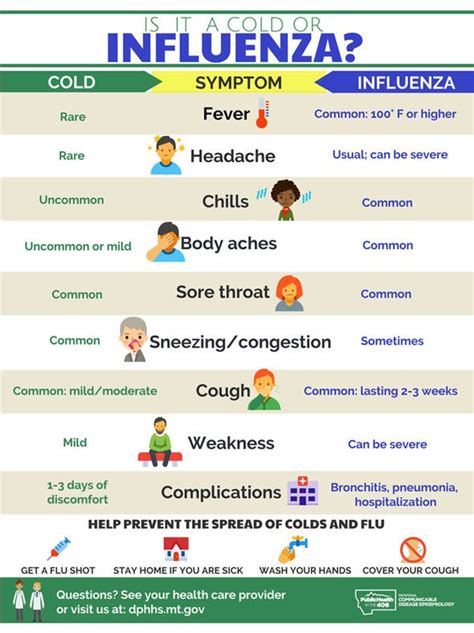
Neurological symptoms can be severe and can lead to long-term complications such as cognitive impairment, memory loss, or neurological damage. It is essential to seek medical attention immediately if symptoms persist or worsen over time.
Influenza Skin Symptoms
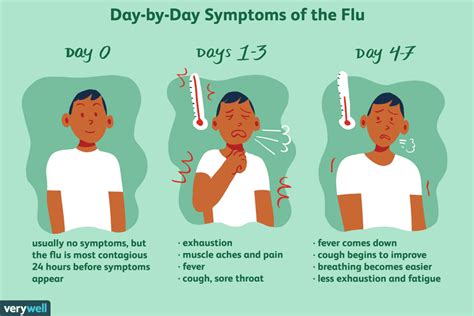
Skin symptoms can be severe and can lead to long-term complications such as scarring, skin discoloration, or skin infections. It is essential to seek medical attention if symptoms persist or worsen over time.
In conclusion, understanding the different types of influenza symptoms is crucial for early detection, proper treatment, and prevention of complications. By recognizing the warning signs and seeking medical attention when necessary, individuals can reduce the risk of severe flu symptoms and protect themselves and others from the spread of the virus. If you or someone you know is experiencing any of these symptoms, it is essential to take action and seek medical attention.
What are the most common symptoms of influenza?
+The most common symptoms of influenza include cough, sore throat, runny or stuffy nose, shortness of breath, and chest tightness or pain.
How can I prevent the spread of influenza?
+To prevent the spread of influenza, practice good hygiene such as washing your hands frequently, avoid close contact with people who are sick, and get vaccinated against the flu.
What are the complications of influenza?
+The complications of influenza can include pneumonia, bronchitis, sinusitis, sepsis, meningitis, and encephalitis, among others.
How long do influenza symptoms last?
+Influenza symptoms can last anywhere from a few days to several weeks, depending on the severity of the illness and the individual's overall health.
Can influenza be treated with antibiotics?
+No, influenza is a viral infection and cannot be treated with antibiotics. However, antiviral medications such as oseltamivir or zanamivir can be used to treat and prevent the flu.
